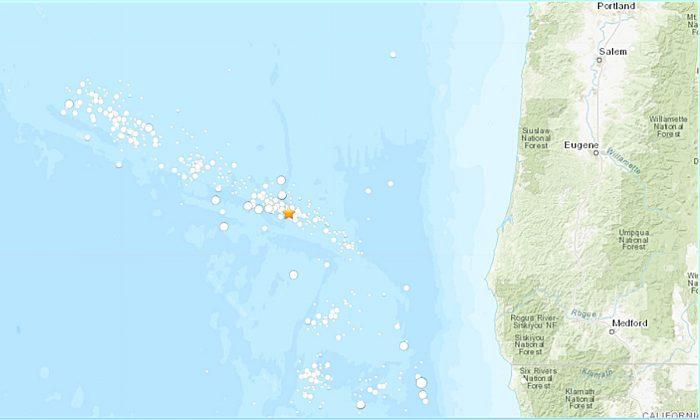Israeli divers discovered a trove of of artifacts, including statues and thousands of coins 1,600 years old, lying on the seabed of the ancient harbor in Cesarean National Park, archaeologists said on May 16.
Two archaeologists from the Israel Antiquities Authority (IAA) who were diving in the waters found the ancient marine cargo of a merchant ship that sank during the Late Roman period over a thousand years ago.
The IAA said a large part of the seabed had been cleared of sand and the remains of the ship, including iron anchors, remains of wooden anchors and items that were used in the construction and running of the sailing vessel, were left uncovered.
Officials say the artifacts are bronze and “in an extraordinary state of preservation.”

Among the items found were: a bronze lamp depicting the image of the sun god Sol, a figurine of the moon goddess Luna, a lamp in the image of the head of an African slave, fragments of three life-size bronze cast statues, objects fashioned in the shape of animals such as a whale, and a bronze faucet in the form of a wild boar with a swan on its head.
Pieces of large jars that were used in the Roman era to carry drinking water for the crew in the ship and for transportation at sea were also discovered.
The divers also found two metallic lumps composed of thousands of coins weighing 20 kilograms (44 lbs) which were in the form of the pottery vessel in which they were transported.
“These are extremely exciting finds, which apart from their extraordinary beauty, are of historical significance,” said the IAA director of the Marine Archaeology Unit, Jacob Sharvit.

“The location and distribution of the ancient finds on the seabed indicate that a large merchant ship was carrying a cargo of metal slated recycling, which apparently encountered a storm at the entrance to the harbor and drifted until it smashed into the seawall and the rocks,” he added.
He also said a marine collection like the recent discovery by the divers has not been found in Israel in the past 30 years. Sharvit said metal statues are rare archaeological finds because they were always melted down and recycled in antiquity.
“Because these statues were wrecked together with the ship, they sank in the water and were thus ’saved' from the recycling process,” added Sharvit and Dror Planer, IAA deputy director of the unit.
“The sand protected the statues; consequently they are in an amazing state of preservation—as though they were cast yesterday rather than 1,600 years ago,” they added.

The IAA says the coins are minted with the image of emperor Constantine who ruled the Western Roman Empire during the years 312–324 CE and was later known as Constantine the Great, ruler of the Roman Empire during 324–337 CE. The coins also bear the image of Licinius, an emperor who ruled the eastern part of the Roman Empire and was a rival of Constantine.
The discovery reflects the high volume of trade and the status of Caesarea’s harbor 1,600 years ago, Sharvit and Planer said, which was known as a period of economic and commercial stability.
They also said the shipwreck happened at a “fascinating time in history” in which Christianity was on its way to becoming the official religion of the Roman Empire.



